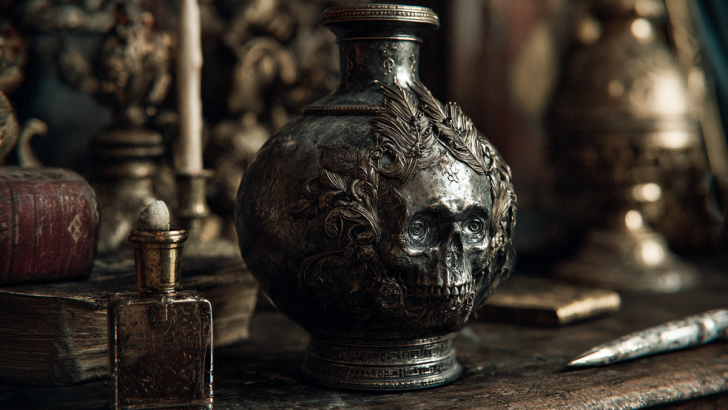Ancient curses have haunted humanity for thousands of years, leaving behind tales of mystery, tragedy, and unexplained deaths.
From Egyptian tombs to cursed jewels, these legends continue to send shivers down our spines even in modern times.
Whether you believe in supernatural forces or think these stories are just coincidences, the fact remains that many people connected to these cursed objects met unfortunate ends.
Join us as we explore ten of the most terrifying curses from history that still make us wonder if there’s something more than meets the eye.
1. The Curse of King Tutankhamun
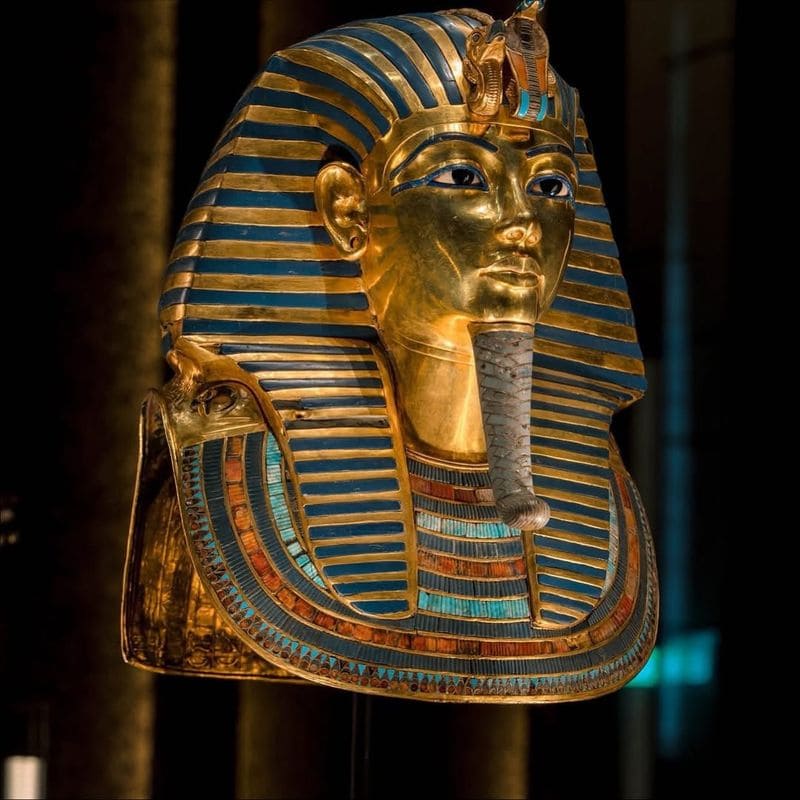
When archaeologist Howard Carter cracked open King Tut’s tomb in 1922, he unleashed more than just ancient treasures. Lord Carnarvon, the wealthy sponsor of the expedition, died mysteriously just months after the discovery, sparking worldwide panic about a pharaoh’s revenge.
Over the next few years, several other expedition members died under strange circumstances. Some people claimed the tomb carried an ancient warning inscribed on its walls. Scientists later suggested that deadly mold or bacteria might have been the real culprit, but the legend refuses to die.
Today, museums still handle Egyptian artifacts with extreme caution, and many people remain convinced that disturbing the resting places of ancient rulers brings terrible consequences.
2. The Hope Diamond’s Dark Legacy
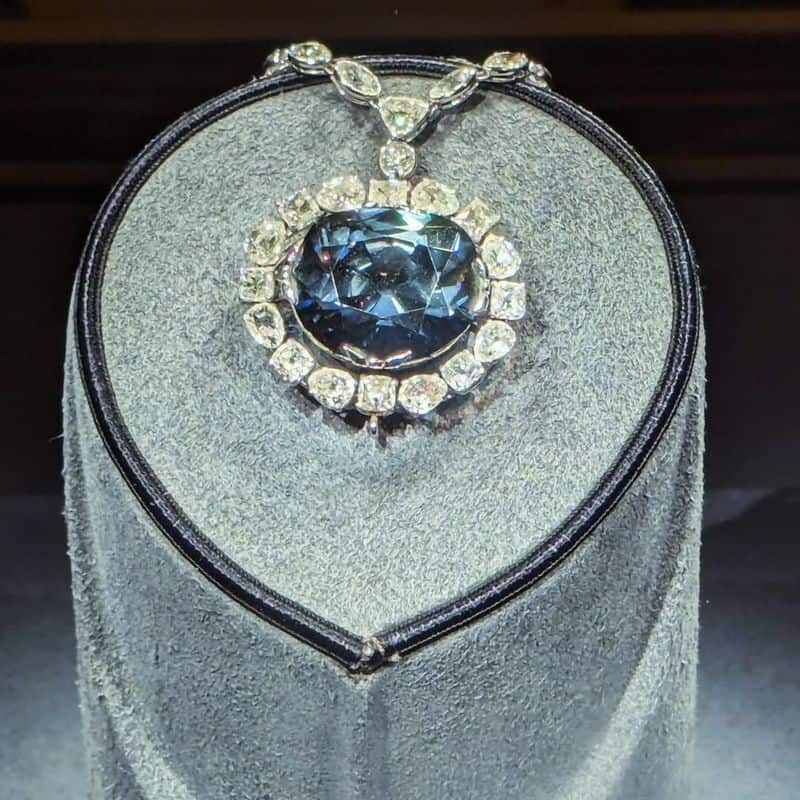
Stolen from a Hindu statue’s forehead centuries ago, this stunning blue diamond has brought nothing but misery to its owners. King Louis XVI and Marie Antoinette once possessed it before losing their heads during the French Revolution. Coincidence? Many think not.
The 45.52-carat gem passed through numerous hands, each owner facing bankruptcy, suicide, or mysterious death. One owner’s son died in a car accident, while another lost everything in financial ruin. Even the postal worker who delivered it to the Smithsonian reported his house burning down and his leg being crushed.
The diamond now sits safely behind glass at the Smithsonian, where visitors can admire its beauty without risking its wrath.
3. Ötzi the Iceman’s Frozen Vengeance
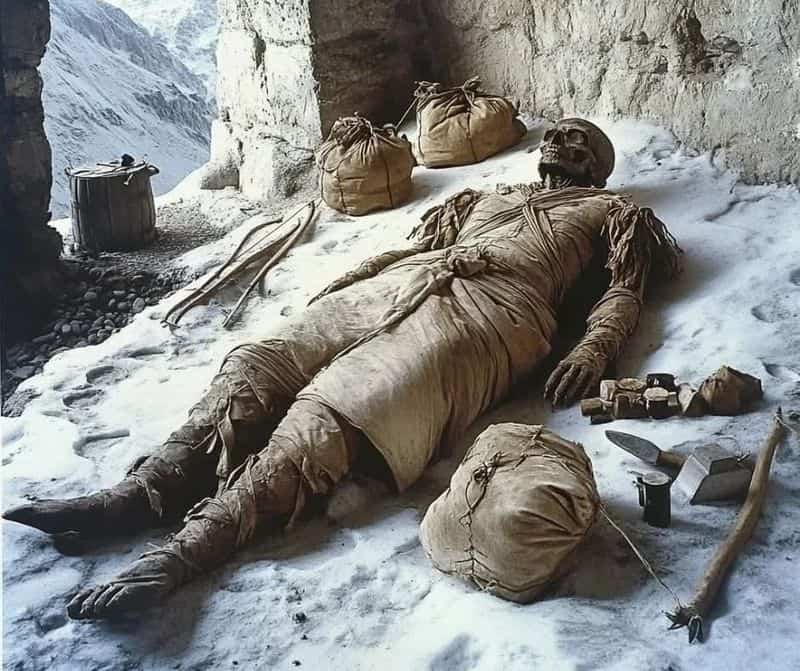
High in the Alps, hikers stumbled upon a 5,300-year-old frozen corpse in 1991. Ötzi, as scientists named him, became one of the most important archaeological discoveries ever made. But his awakening apparently came with a price tag written in blood.
Forensic expert Rainer Henn died in a car crash while traveling to a conference about Ötzi. Mountaineer Kurt Fritz, who led others to the body, perished in an avalanche. Journalist Rainer Hoelzl, who filmed the recovery, suffered a brain tumor and died young.
Seven people connected to Ötzi’s discovery have died unexpectedly, leading many to believe the ancient hunter doesn’t appreciate being disturbed from his icy grave.
4. The Basano Vase’s Deadly Beauty
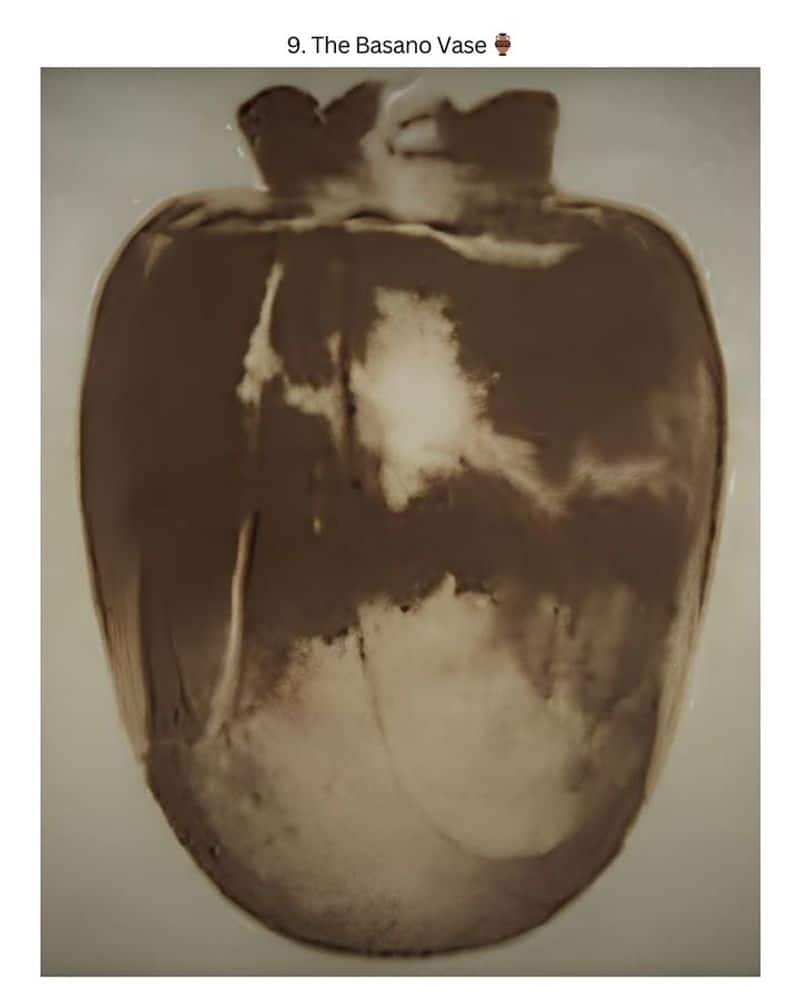
Picture a gorgeous silver wedding gift from 15th-century Italy that nobody wants to keep. The Basano Vase was crafted for a bride on her wedding night, but she died holding it before dawn broke. Talk about a wedding night gone wrong!
Every single person who inherited or purchased this vase died within months. Families tried selling it, gifting it, even throwing it away, but death followed wherever it went. One desperate owner threw it from a window, nearly killing a passerby below.
Eventually, someone buried the vase in an undisclosed location with a note begging future generations to leave it alone. Its current whereabouts remain unknown, which is probably for the best.
5. The Black Orlov Diamond’s Triple Tragedy

Ripped from the eye socket of a Hindu god’s statue in India, the Black Orlov earned its terrifying reputation through a string of suicides. Princess Nadia Vyegin-Orlov brought the stone to America, only to leap to her death from a New York skyscraper in the 1940s.
Princess Leonila Galitsine-Bariatinsky, another Russian princess who owned the gem, also jumped to her death shortly after. A third owner met the same fate, creating a pattern too disturbing to ignore. Jewelers finally cut the 195-carat stone into three pieces, hoping to break its curse.
The largest piece, now 67 carats, belongs to a private collector who apparently hasn’t jumped from any buildings yet. Fingers crossed it stays that way!
6. The Curse of Tippecanoe

Shawnee Chief Tecumseh allegedly cursed American presidents elected in years ending in zero after his brother was killed at the Battle of Tippecanoe in 1811. William Henry Harrison, who won that battle and became president in 1840, died after just 31 days in office.
For the next 120 years, every president elected in a zero year died while serving: Lincoln (1860), Garfield (1880), McKinley (1900), Harding (1920), Roosevelt (1940), and Kennedy (1960). That’s seven presidents in a row! The pattern finally broke when Reagan survived an assassination attempt in 1981.
Historians debate whether Tecumseh actually uttered this curse, but the coincidence remains one of the spookiest patterns in American political history.
7. The Curse of the Crying Boy Paintings
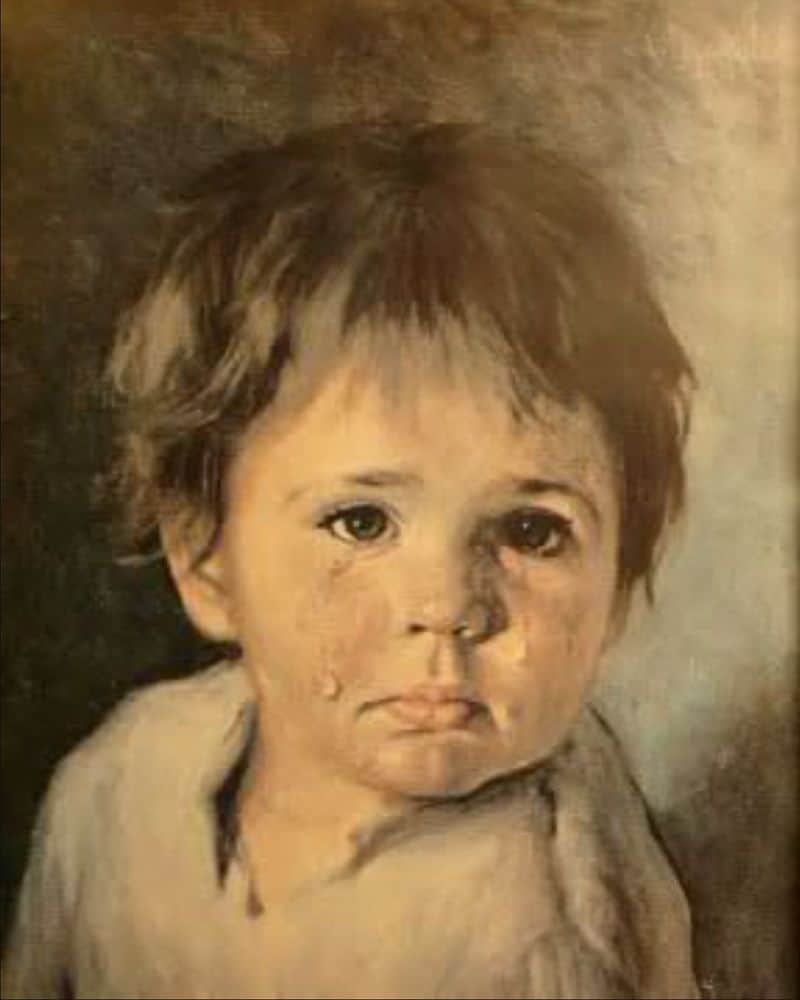
Mass-produced paintings of tearful children hung in thousands of British homes during the 1950s, but they apparently came with built-in disaster insurance. Firefighters noticed something weird: houses would burn to the ground, yet these creepy paintings survived without a single scorch mark.
The Sun newspaper investigated in 1985 and found dozens of fire victims who owned these paintings. One artist allegedly painted an orphan whose parents died in a fire, and the boy himself later perished in a car blaze. People panicked and destroyed their paintings in bonfires.
Skeptics point out that the paintings were printed on fire-resistant material, explaining their survival. Still, many folks refuse to hang them, just in case those painted tears are real warnings.
8. The Curse of the Icarus Sculpture
Greek mythology warns us about flying too close to the sun, but one sculpture takes that lesson to deadly extremes. Created in the 1970s, this bronze statue of Icarus reportedly carries a curse that affects anyone who photographs it or gets too close.
Multiple visitors to the museum housing this sculpture have reported feeling dizzy, nauseous, or experiencing sudden accidents shortly after viewing it. One photographer broke his leg falling down stairs minutes after taking pictures. Another visitor’s camera mysteriously stopped working the moment he pointed it at the statue.
Museum staff have noticed the pattern but keep the sculpture on display anyway. They’ve added warning signs, though whether those are serious or just clever marketing remains unclear to visitors.
9. The Curse of the Terracotta Army
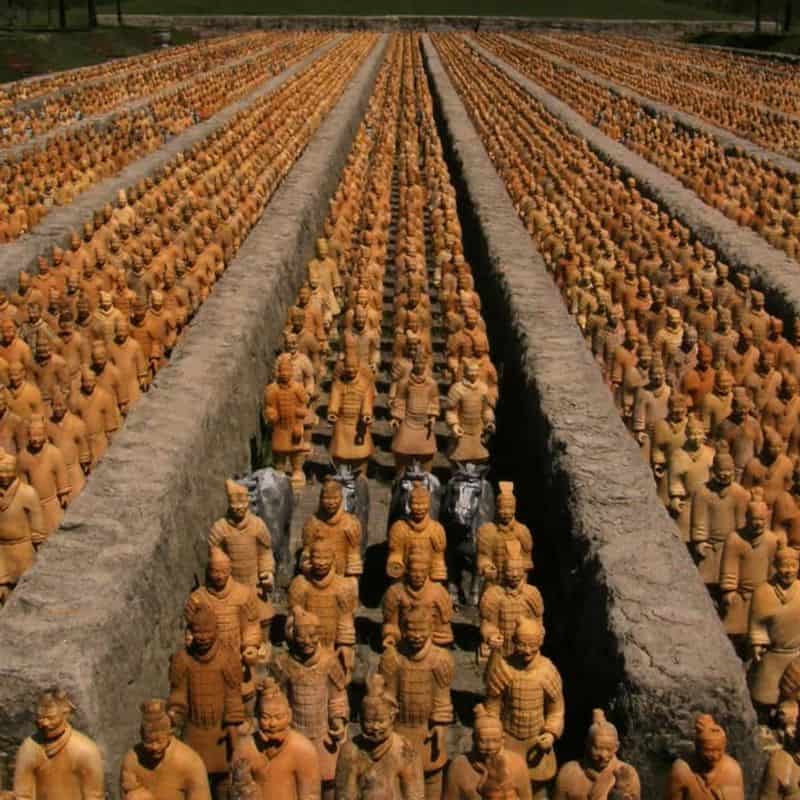
Buried for over 2,000 years to protect China’s first emperor in the afterlife, these clay soldiers don’t appreciate disturbance. Farmers discovered them accidentally in 1974 while digging a well, and strange events followed immediately. Several workers reported nightmares and illness during the excavation.
One archaeologist working on the site died suddenly of a rare disease. Local villagers claimed their crops failed that year, blaming the angry spirits of the warriors. Ancient texts warned that disturbing the emperor’s tomb would bring catastrophe, and some believe we’re still experiencing consequences today.
The Chinese government has refused to excavate the actual tomb of Emperor Qin Shi Huang, partly due to preservation concerns but also because of lingering superstitions about awakening ancient curses.
10. The Curse of the Delhi Purple Sapphire
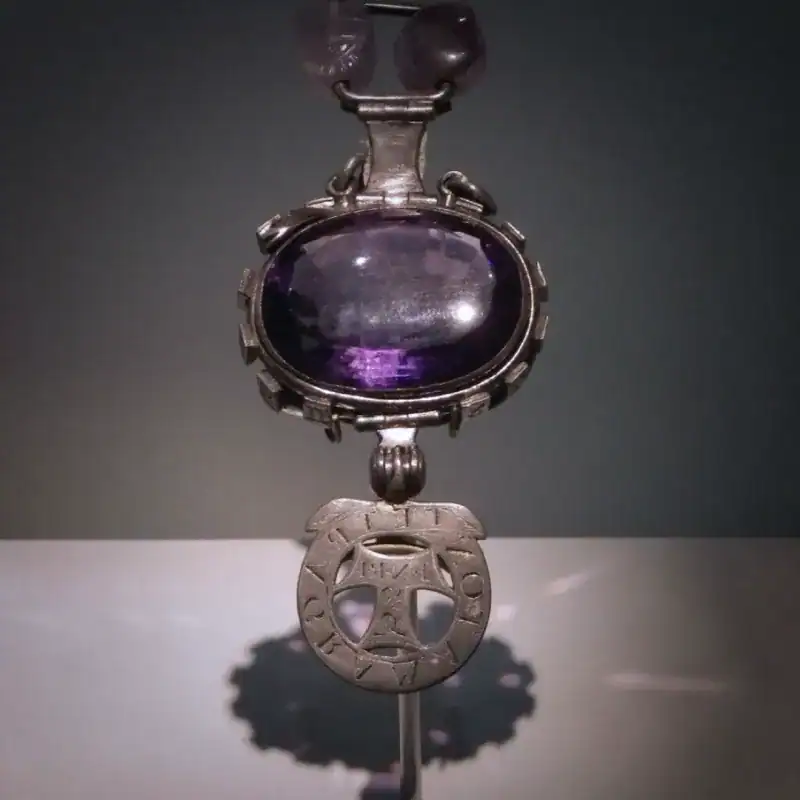
Despite its name, this cursed gem is actually an amethyst stolen from the Temple of Indra in India during the 1857 rebellion. British soldier Colonel W. Ferris brought it home, and his family’s luck immediately turned sour. They lost their fortune and health within months.
The stone passed to scientist Edward Heron-Allen, who experienced such terrible misfortune that he threw it into a canal. Someone found it and returned it, because apparently good deeds don’t count when curses are involved. Heron-Allen eventually sealed it in seven boxes with a warning letter.
His daughter donated the cursed gem to London’s Natural History Museum in 1972, where it remains locked away. Museum curators won’t even display it, respecting the dead scientist’s urgent warnings.

